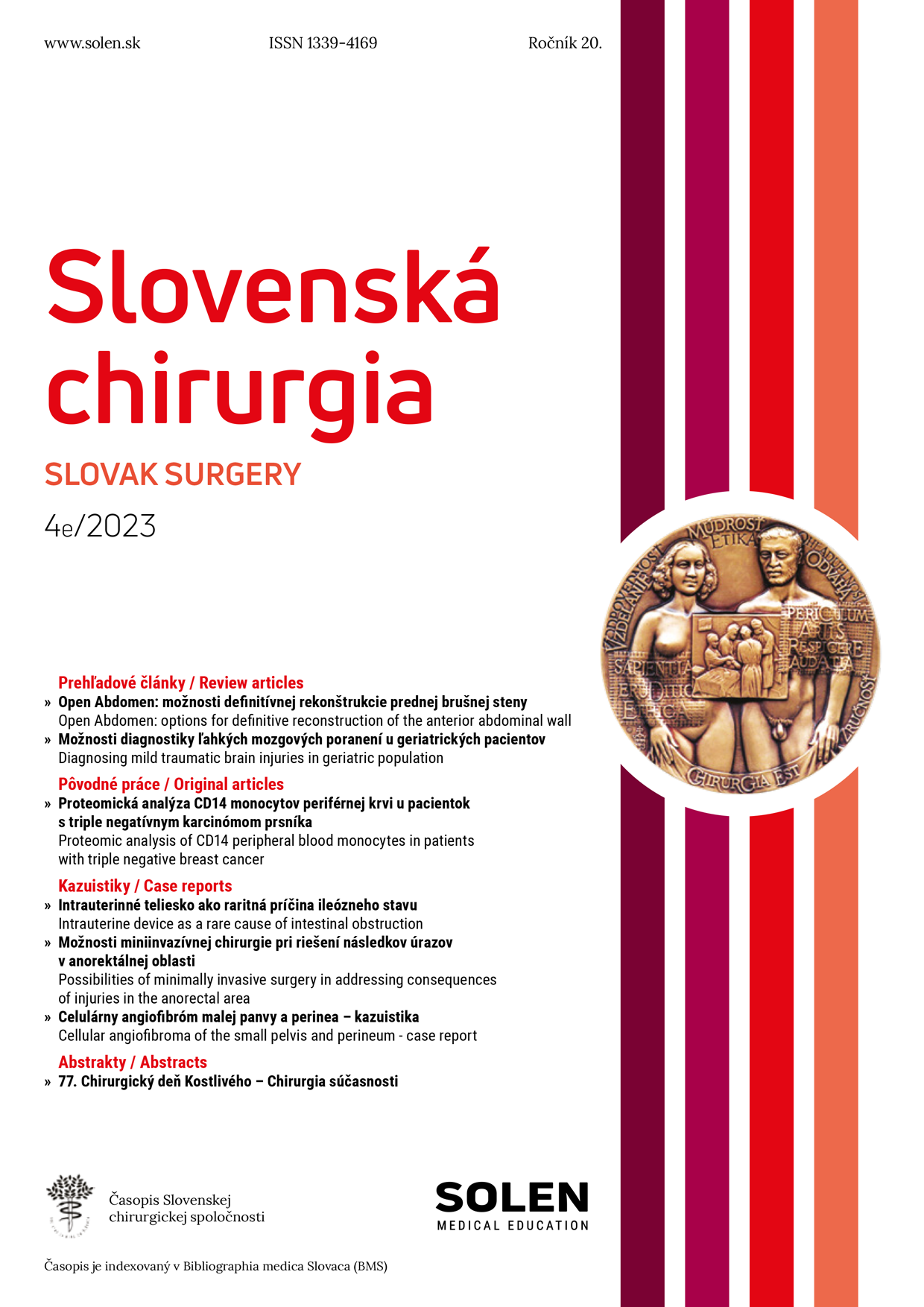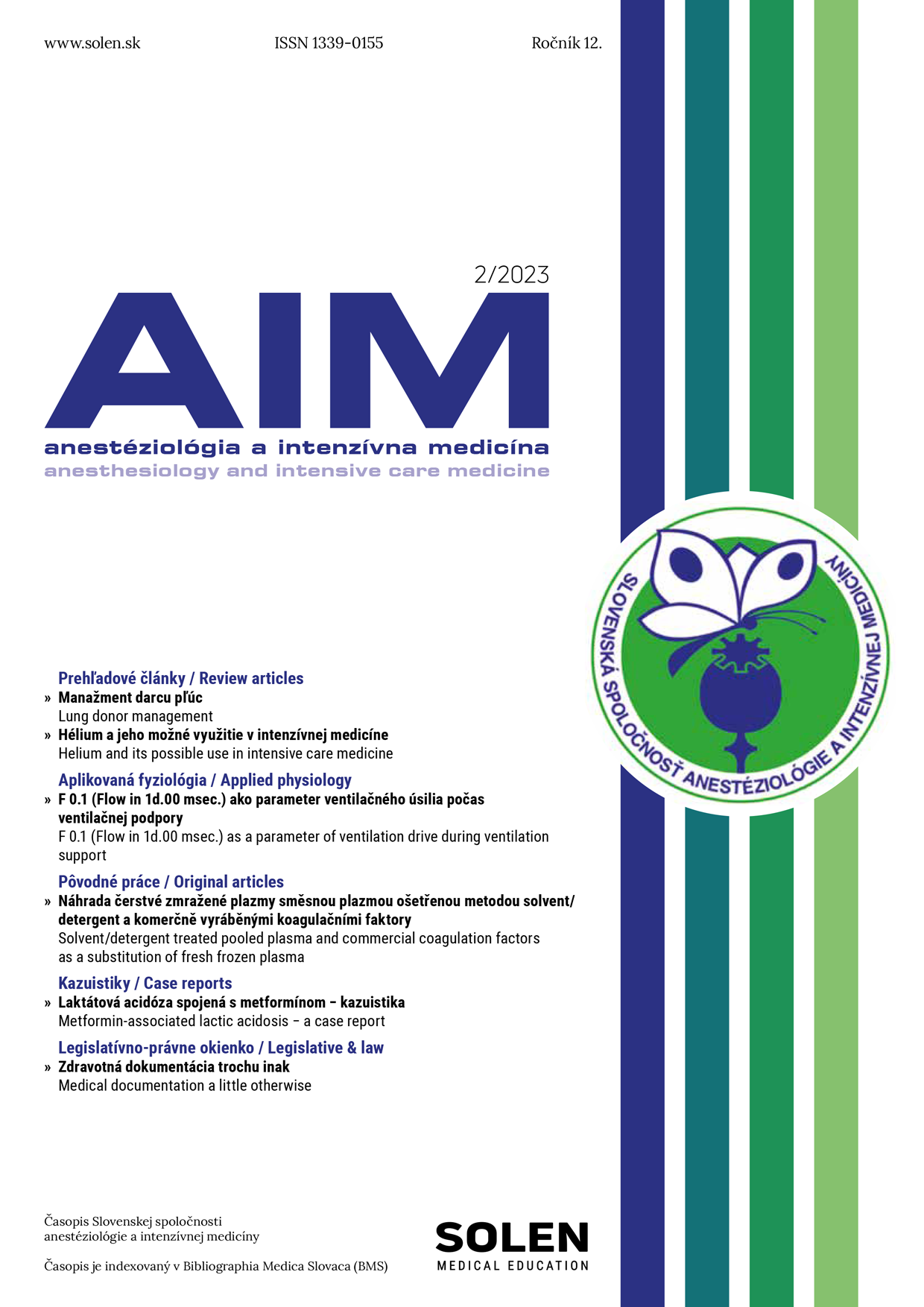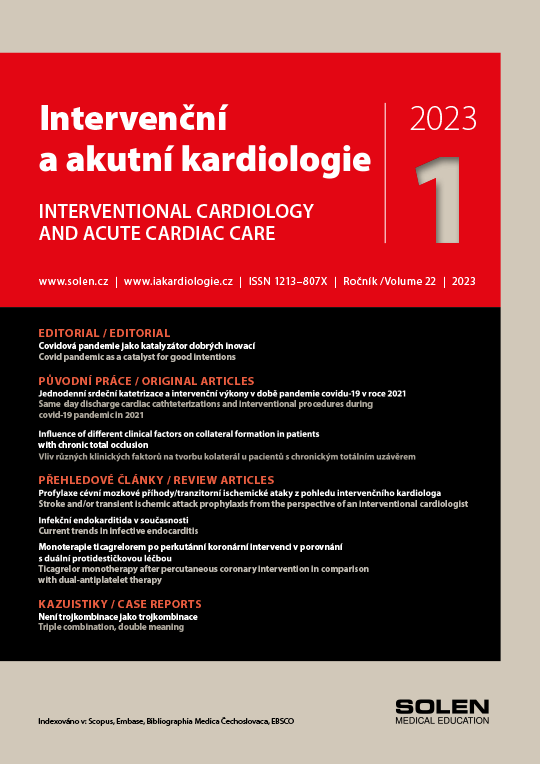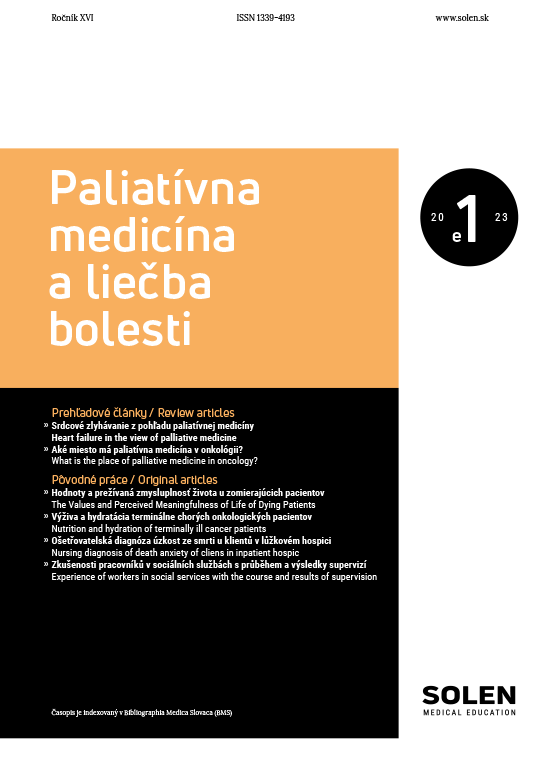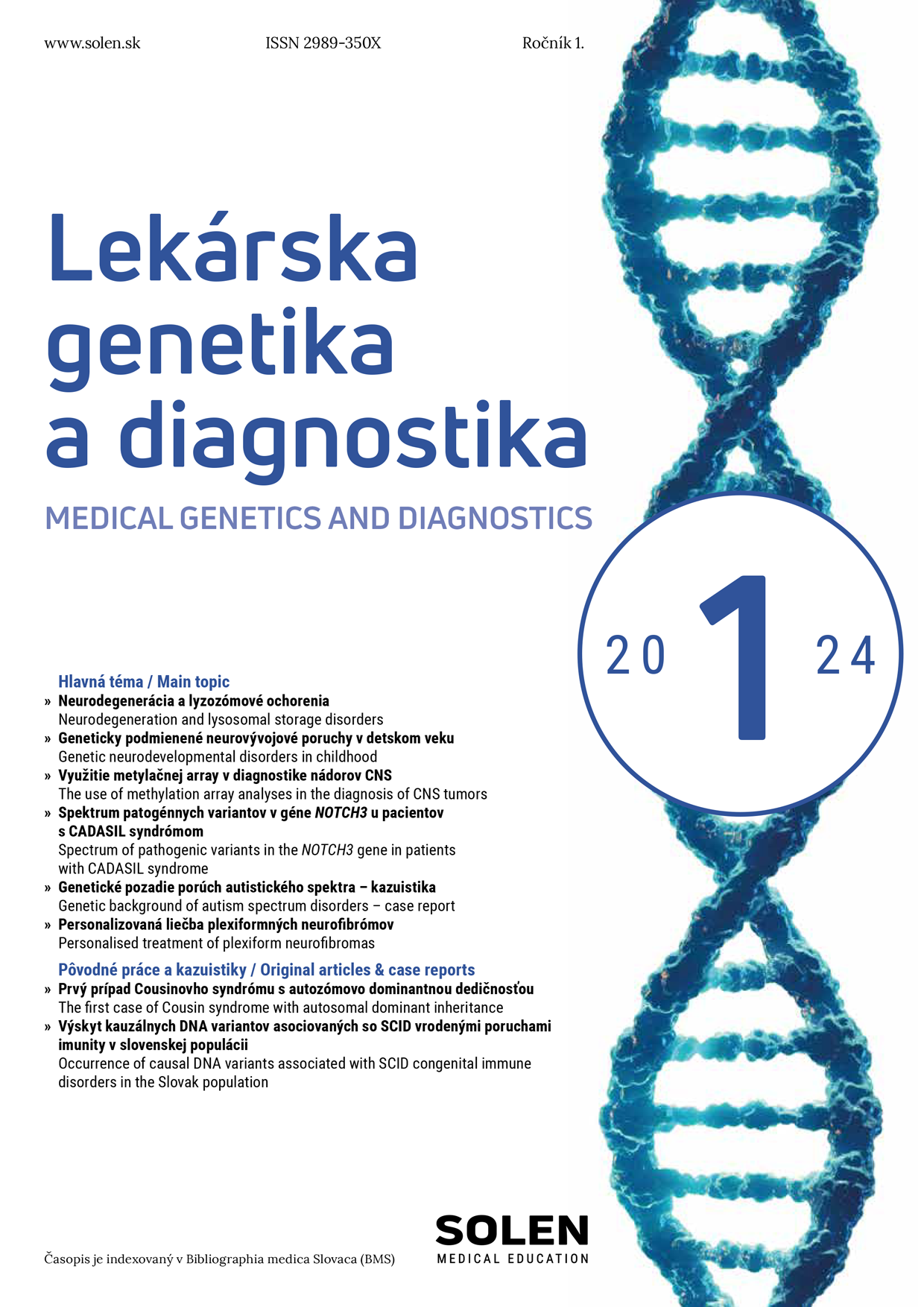Neurológia pre prax 6/2008
Stereotaktická neurostimulace v terapii farmakorezistentní epilepsie – historie a současnost
prof. MUDr. Ivan Rektor, CSc., doc. MUDr. Robert Kuba, Ph.D., prof. MUDr. Milan Brázdil, Ph.D., prof. MUDr. Zdeněk Novák, CSc., MUDr. Jan Chrastina, Ph.D., ing. Ivo Říha
Stimulační technika v neurochirurgii vychází z možností stereotaktické techniky, technických parametrů implantabilních systémů, zobrazovacích technik a dobových patofyziologických a klinických poznatků o úloze potenciálních cílů elektrické stimulace. Jedná se o nejen o stimulaci subkortikálních struktur, ale i struktur mozečku a cerebrálního kortexu. Výhodou stimulační léčby je reverzibilní charakter elektrické stimulace, limitaci představují ekonomické faktory a mechanické komplikace implantovaných systémů. Perspektivu představuje vývoj responzibilních systémů, reagujících na zaznamenané epileptické výboje.
Kľúčové slová: farmakorezistentní epilepsie, stereotaxe, stimulace.
STEREOTACTIC NEUROSTIMULATION IN TREATING PHARMACORESISTANT EPILEPSY – PAST AND PRESENT
The stimulation technique in neurosurgery is based on the possibilities of sterotactic technique, technical parameters of implantable systems, imaging techniques, and contemporary pathophysiological and clinical knowledge on the role of the potential targets of electrical stimulation. It is the case of not only the stimulation of subcortical structures, but also of those of the cerebellum and cerebral cortex. An advantage of stimulation therapy is the reversible nature of electrical stimulation, limitations include economic factors and mechanical complications of implantable systems. The development of responsive systems which respond to recorded epileptic discharges offers a promising perspective.
Keywords: pharmacoresistant epilepsy, stereotaxis, stimulation.


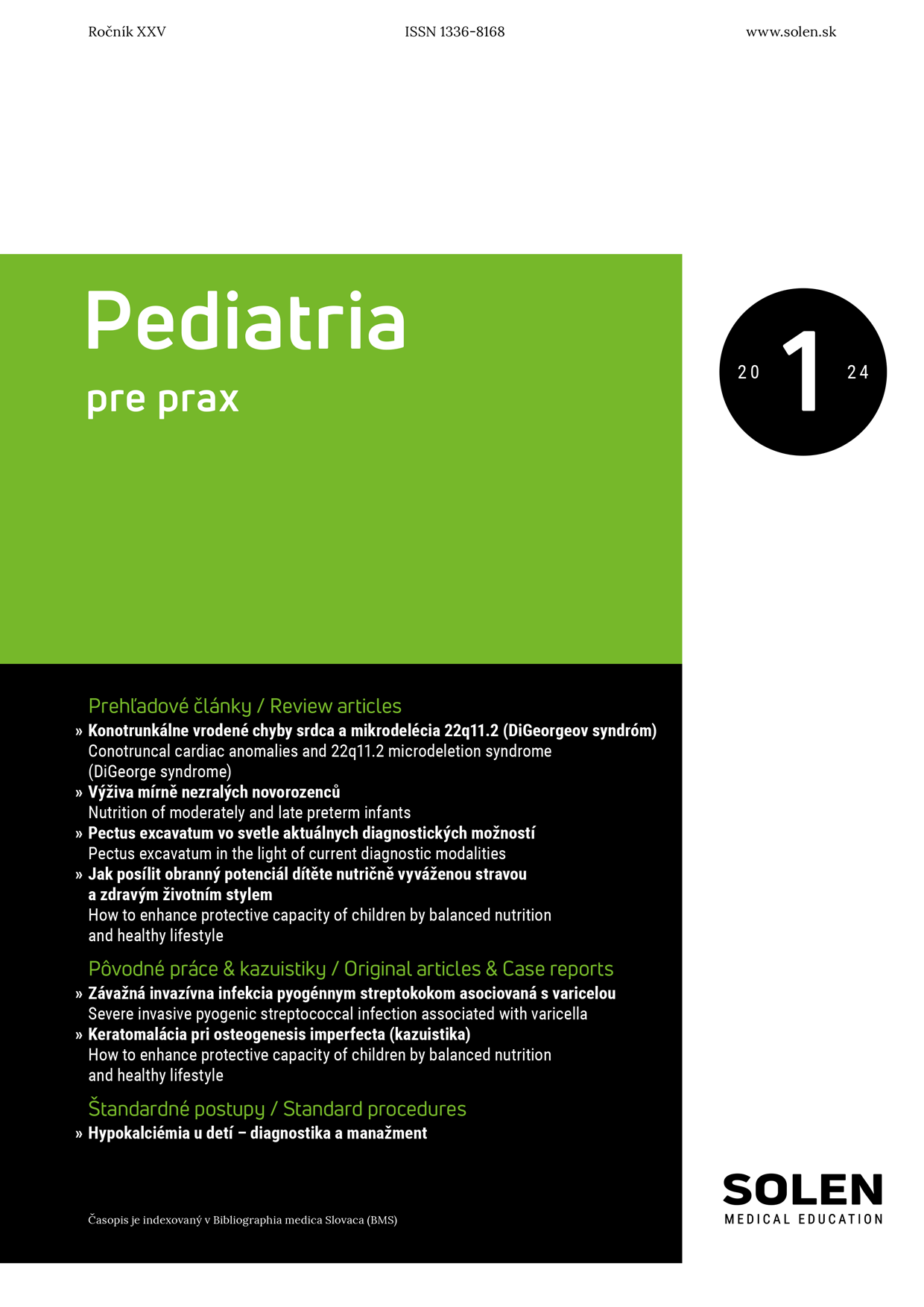
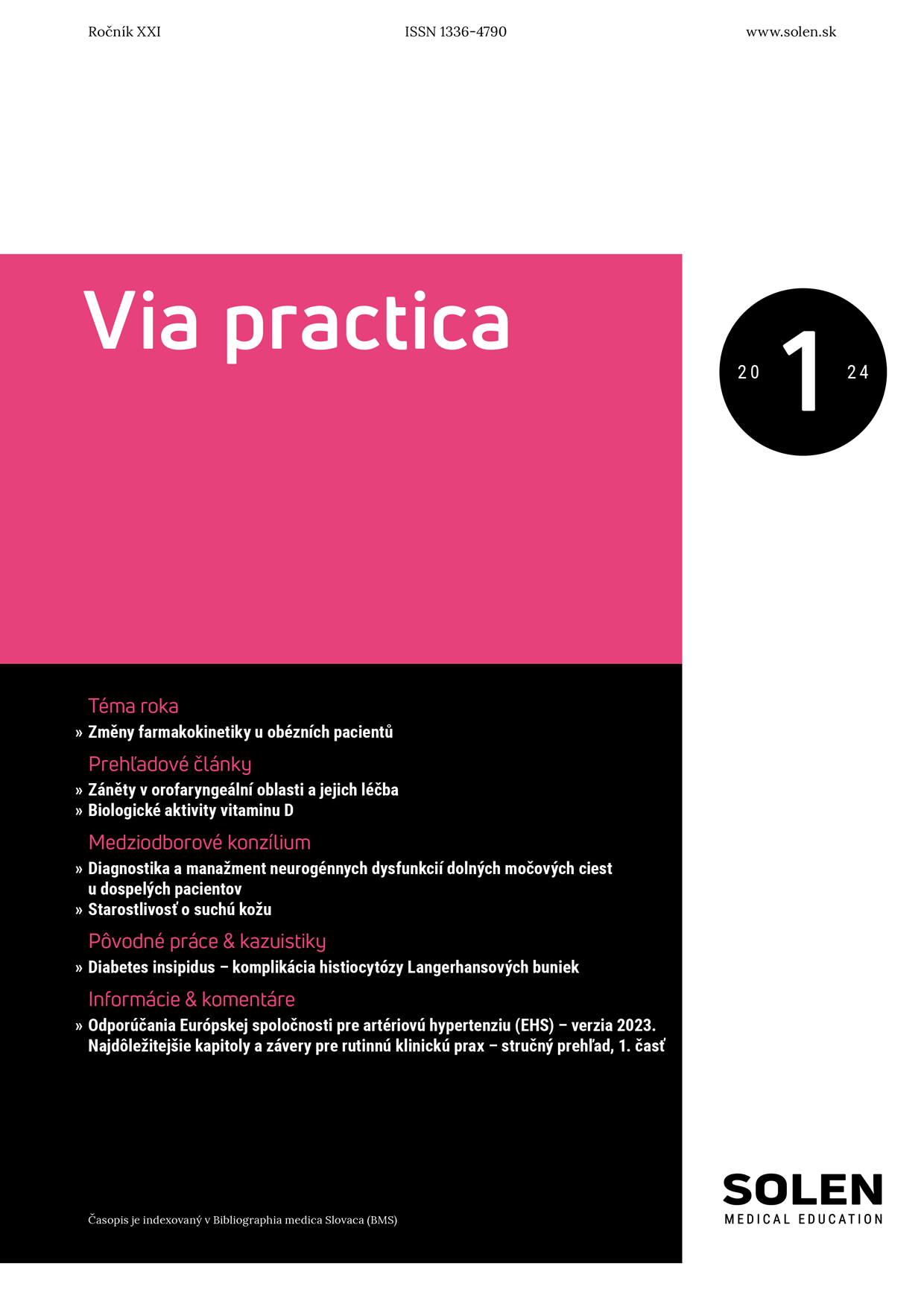
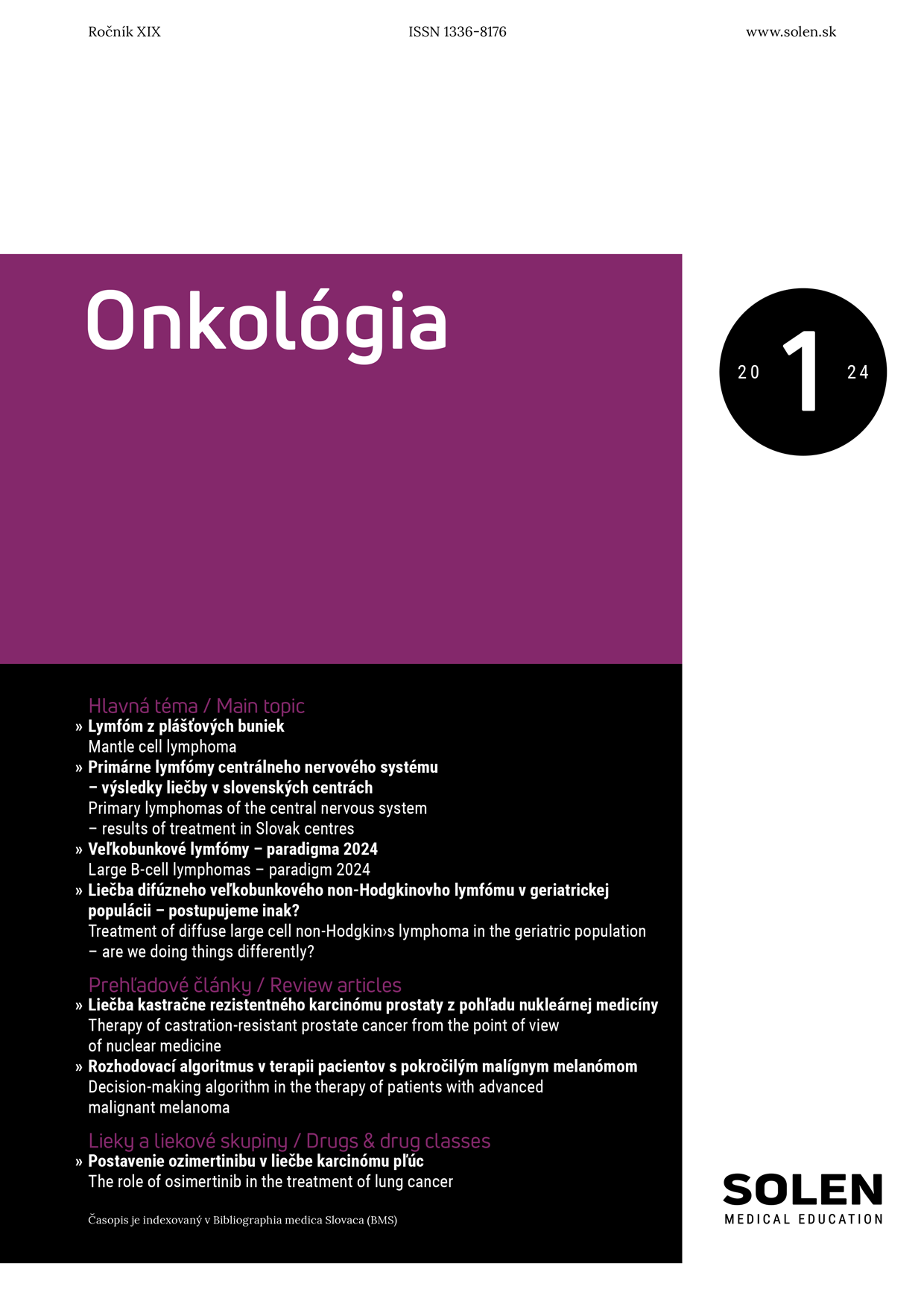
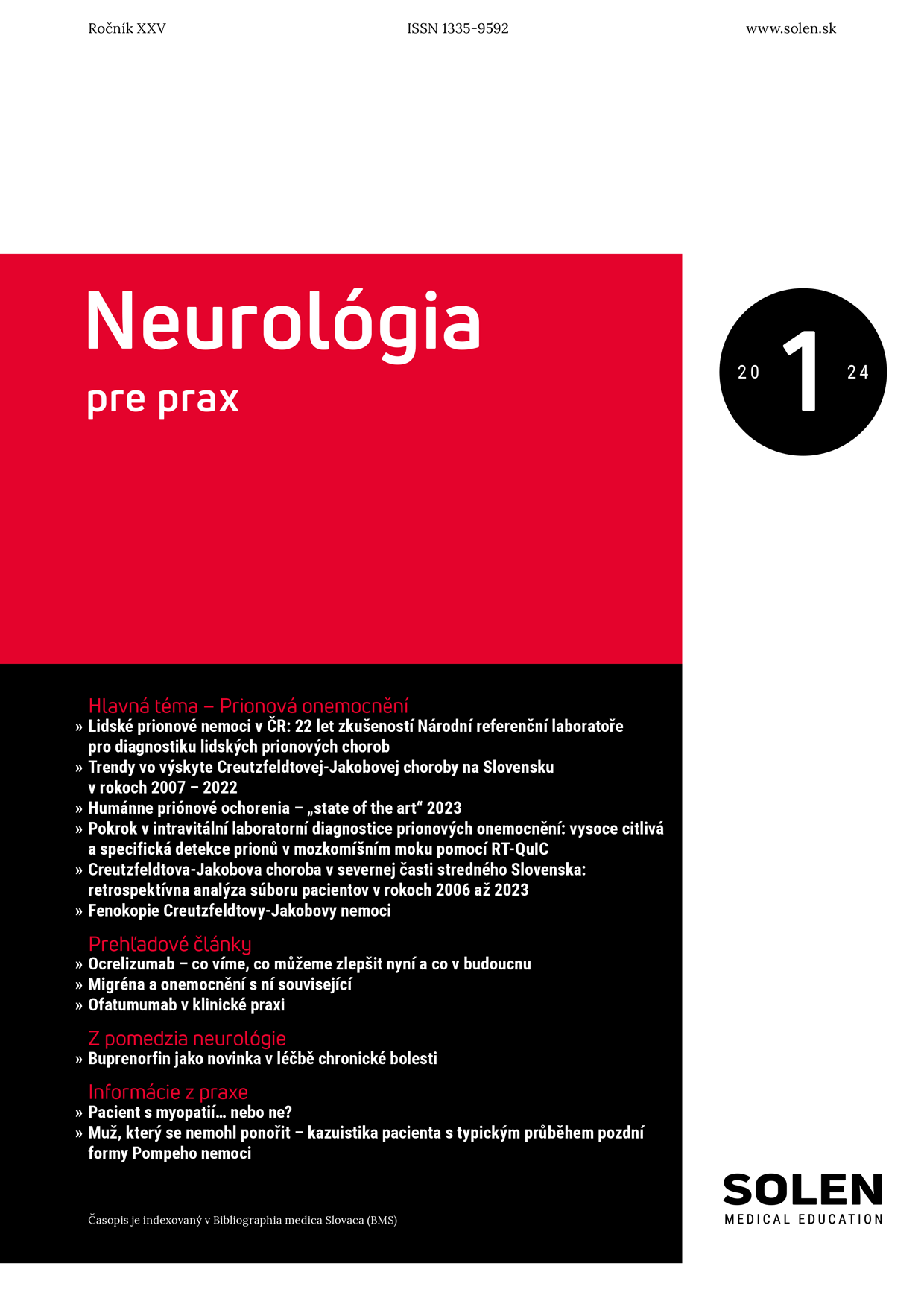
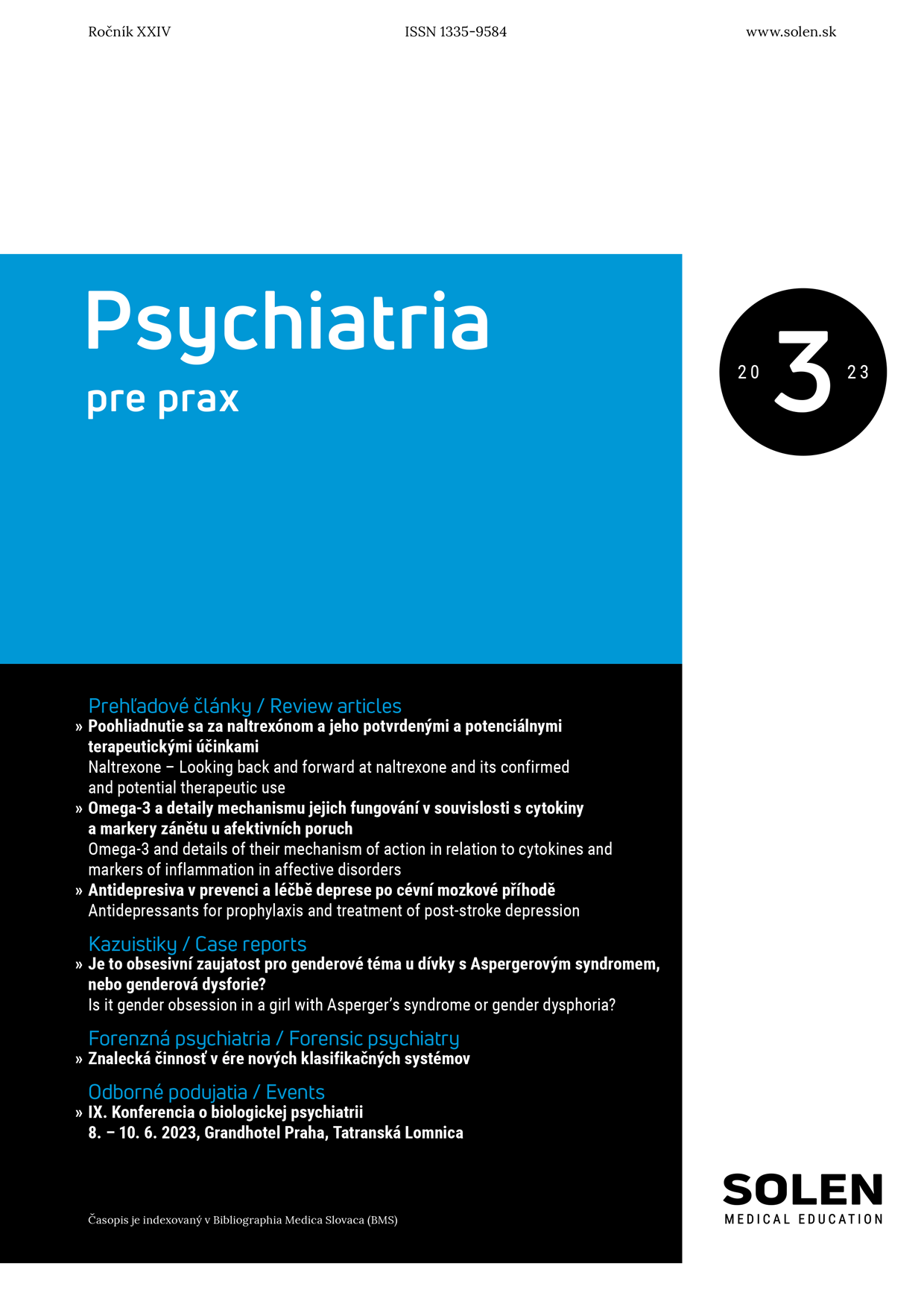
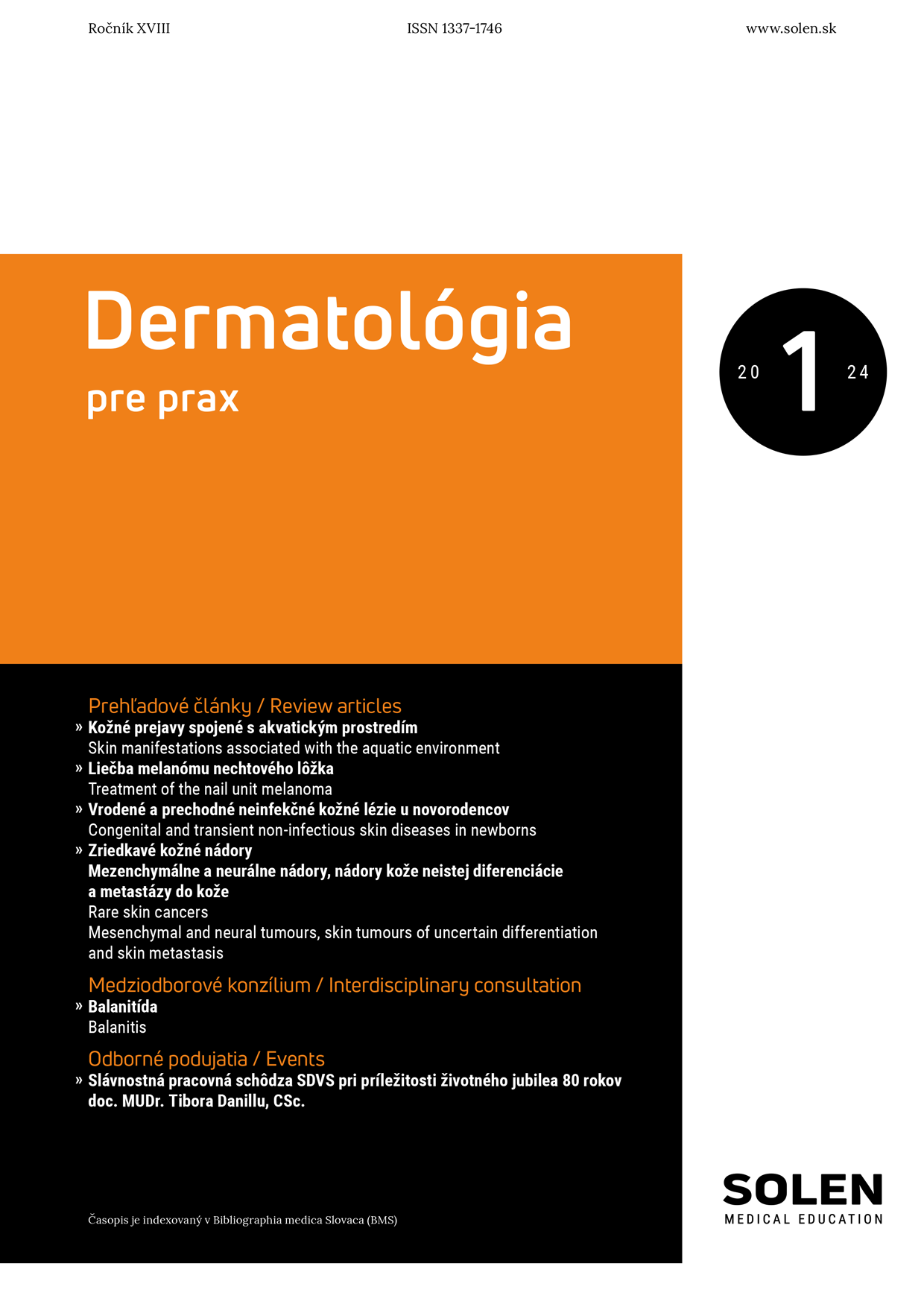
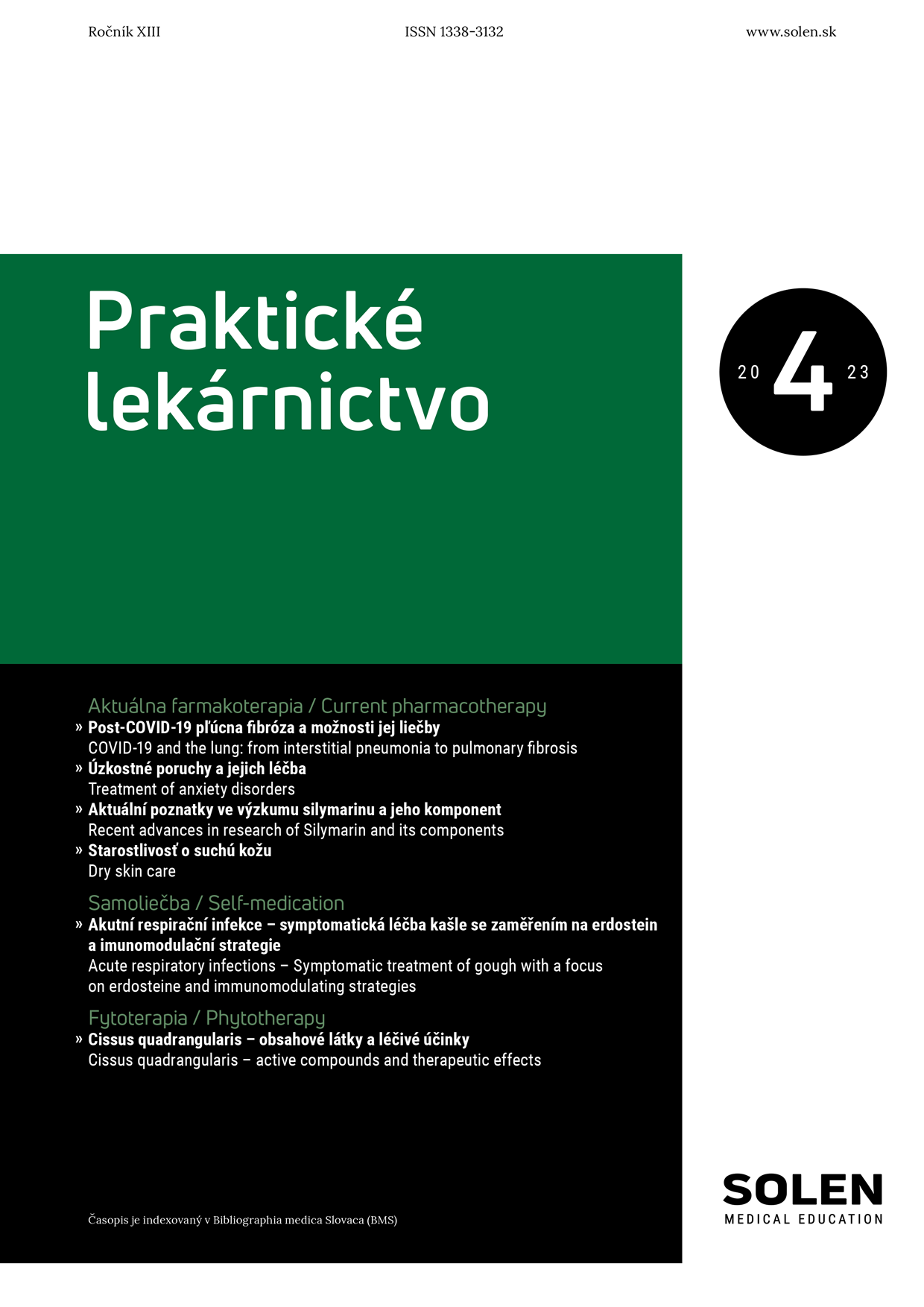
-1.png)
